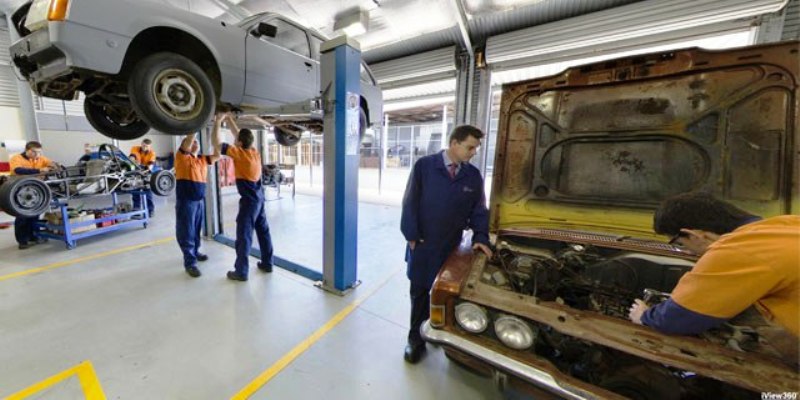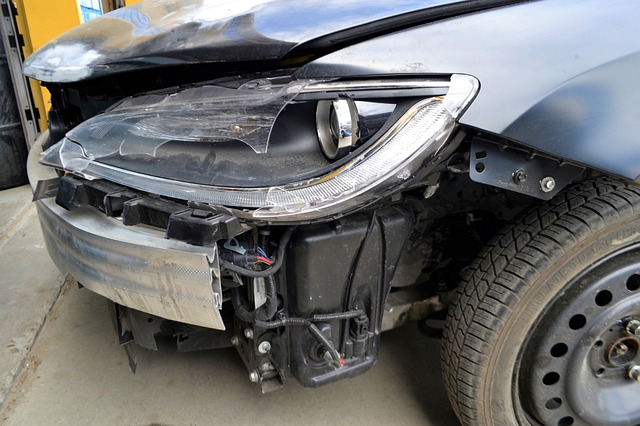Contents
– Composition of the suspension ball joint
– Inherent defects of the ball joint
– How to test a ball joint?
– Replacing a ball joint
– Suspension ball joints: how much do they cost?
Suspension ball joints are the elements that connect the suspension arms (suspended masses) to the pivot hub and wheels (unsuspended masses).
They allow the suspension and steering movement, the pivot axis passing through the lower ball joint and the upper ball joint.
Composition of the suspension ball joint
The ball joint is fixed either on the pivot or the suspension arm:
– It takes the form of a threaded axis above a conical part with, at its end, a spherical part housed in the ball joint body of concave shape.
– This so-called spherical connection allows rotation in all three dimensions.
Inherent defects of the ball joint
The 2 defects that lead to the replacement of a ball joint are the deterioration of the rubber bellows of this one (promoting fast wear by oxidation) and a play of functioning between the ball joint and its housing.
Such an anomaly results in inaccurate handling, abnormal wear of the tires and, in extreme cases, can lead to a breakage of this part and the disconnection of the wheel.
How to test a ball joint?

To detect possible play in a ball joint, it is necessary to practice as follows:
– Lift the side to be tested with a jack (it is imperative to place a jack stand under the vehicle to ensure the safety of the operator);
– the wheel being lifted, its weight will press the ball joint in its housing and hide the possible play; it is thus necessary to use a lever (lead bar, for example) and to lean on the arm in various positions to counteract the weight of the wheel and to detect the existing play.
Replacing a ball joint
In some cases, replacing the ball joint involves replacing the suspension arm.
Otherwise, the ball joint is attached to the suspension arm by screws or rivets (rivets that must be removed); the 2 main difficulties related to ball joint replacement are:
– The loosening of the ball joint nut: indeed, due to the design of this one, the ball joint can turn in its housing and prevent the operation. Before disassembly, clean the thread above the nut with a wire brush and spray with a degreaser. If the loosening effort is too great, tighten and put some degreaser back on. Repeat the operation until loosening without stress.
– Extraction of the ball pin: the conical part is often blocked in the pivot. The most practical solution is to use a ball joint remover, a tool dedicated to this operation. If no tool is available, impregnate the axis with a degreasing agent, and hit the part hard with a sledgehammer placed on the opposite side to “loosen” the cone (the sledgehammer must be larger than the tool to be hit). This method requires some skill.
The suspension ball joint: how much does it cost?
There are 2 qualities of ball joints related to the manufacturing process:
– The originally mounted ball joints can be found at some automotive suppliers.
– The cheap ball joints manufactured by grinding the metal are less resistant by definition. They have forged parts, much more resistant, which are obtained by striking a steel shape (by hammering).
For a professional replacement, the average time charged is between half an hour and 1 hour, and the ball joint costs on average $50 (plus a 15 min test).
Good to know: it is always recommended to perform a wheel alignment after a ball joint replacement.

